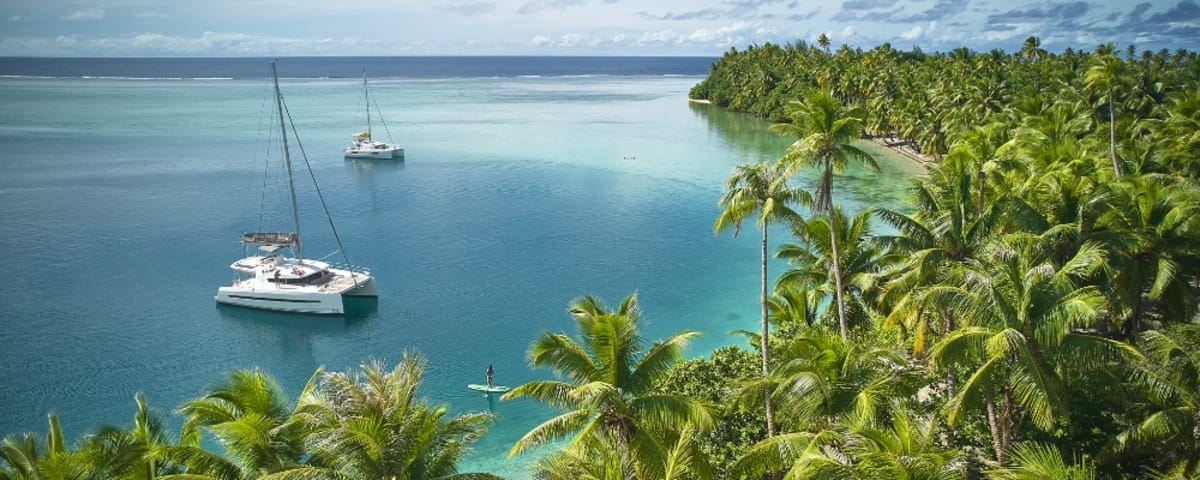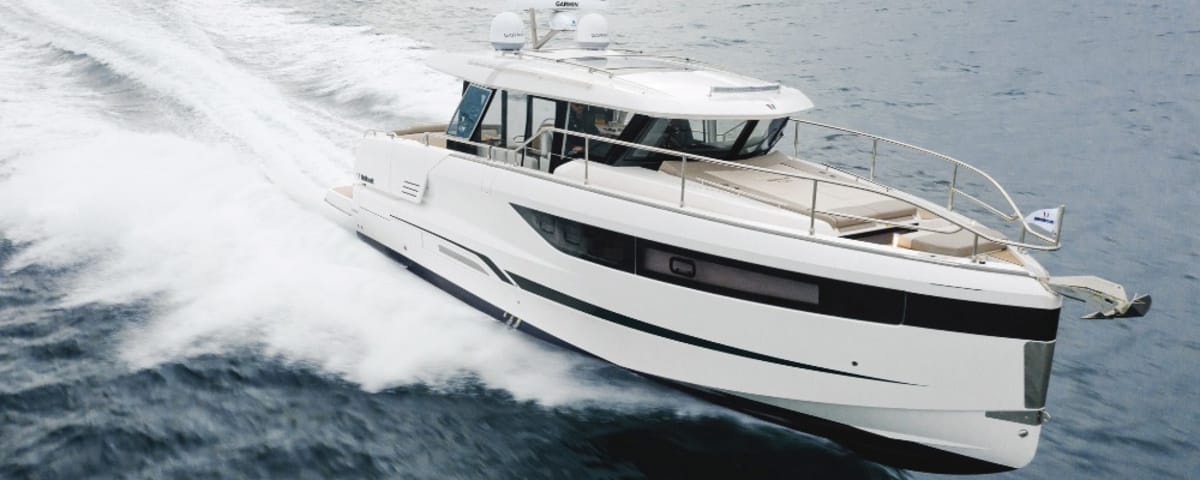Rigid Hull vs. Semi-Rigid Hull: Choosing the Right Boat for Your Needs
When it comes to selecting a boat under 10 meters, the choice often boils down to two primary types: the rigid hull and the semi-rigid hull. Each offers a unique set of advantages and disadvantages, making the decision a matter of aligning your needs and priorities with the characteristics of each design.
The Rigid Hull: Robustness and Onboard Comfort
Rigid hulls, typically constructed from fiberglass or aluminum, are renowned for their unparalleled comfort and stability. One of their key strengths is the spacious interior, which allows for the inclusion of various amenities such as cabins, toilets, and even a kitchen. This makes them ideal for longer voyages where comfort is paramount.
In terms of performance, rigid hulls excel in providing a stable ride, even in choppy conditions. They are less susceptible to the impact of waves, ensuring better course keeping, a significant advantage for navigating rough seas. Durability is another hallmark of rigid hulls, as they are highly resistant to impacts and wear. Maintenance is relatively straightforward, requiring only regular checks and cleaning. The robust nature of rigid hulls makes them an excellent choice for extended trips. Furthermore, rigid hulls offer extensive customization options, from state-of-the-art pilot consoles to advanced electronic systems and bespoke interior layouts.
However, rigid hulls also have their drawbacks. Weight is a major consideration. Being heavier than semi-rigid hulls, they are less maneuverable, particularly in ports or over short distances. This weight can also impact the boat’s overall performance. Financially, both the purchase and maintenance costs are higher. The price of a rigid hull is generally more significant than that of a semi-rigid hull, especially for boats under 10 meters. Maintenance, particularly of inboard engines, can also strain the budget. Finally, transporting a rigid hull is more challenging. Its weight and size necessitate a suitable trailer and a larger storage space.
Ideal for:
- Long cruises or sea trips requiring enhanced comfort (with sleeping arrangements and toilets).
- Challenging navigation conditions where stability and protection are crucial.
- Versatile activities such as fishing, diving, or water sports.
The Semi-Rigid Hull: Lightness and Maneuverability
Semi-rigid hulls are characterized by their inflatable structure combined with a rigid V-shaped hull. One of their main advantages is their lightness, which translates to excellent maneuverability. Even with a more modest engine, these boats are quick and easy to handle. When stationary, the inflatable tubes provide exceptional stability, ideal for activities like diving or extended anchoring.
Semi-rigid hulls are also known for their high-speed performance. Their lightweight design allows them to reach high speeds with less engine power, reducing fuel consumption. In terms of impact resistance, the PVC or Hypalon tubes absorb shocks, an advantage for coastal excursions or beach and rock landings. Moreover, a semi-rigid boat is much easier to transport and store. Its lightness allows for easy transport on a trailer, and it occupies less space when out of the water.
However, semi-rigid hulls involve certain compromises, particularly in onboard comfort. These boats offer fewer amenities and less space than rigid hulls. Storage space is limited, and they are more exposed to the elements, making them less comfortable in inclement weather.
In terms of protection, semi-rigid hulls are less effective than rigid hulls in rough sea conditions. Although they are fast and stable, they provide less protection to passengers from the elements.
Finally, while the tubes are durable, they require regular maintenance to prevent punctures or premature wear. They are more vulnerable to UV rays, chemicals, and abrasions.
Ideal for:
- Day trips and quick coastal excursions.
- Water activities such as scuba diving or water skiing.
- Those seeking a boat that is easy to transport, store, and affordable.
Making the Choice
The decision between a rigid hull and a semi-rigid hull for boats under 10 meters hinges primarily on your specific needs and priorities. If you prioritize optimal comfort, stable navigation in rough seas, and a well-equipped boat for extended cruises, the rigid hull is the better option. Conversely, if you prefer a boat that is lightweight, fast, easy to maneuver and transport, and comes with a more affordable price tag, the semi-rigid hull will be more suitable.
Enjoyed this post by Thibault Helle? Subscribe for more insights and updates straight from the source.


